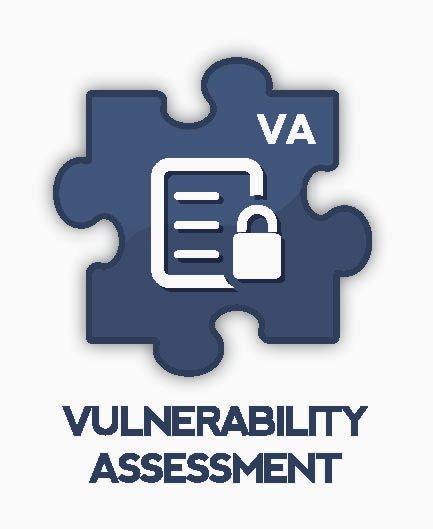The terms Penetration Test, Vulnerability Assessment and Security Audit are often blended together when requested by clients or offered by security service providers. All three terms have security aspects however are very different regarding what purpose they serve as well as the expected deliverable.
A Security Audit typically means evaluating a system or application’s risk level against a set of standards or baselines. Standards are mandatory rules while baselines are the minimal acceptable level of security. Standards and baselines achieve consistency in security implementations and can be specific to industries, technologies and processes.
Most requests for Security Audits are focused on passing an official audit (IE preparing for a corporate or government audit) or proving the baseline requirements are met for a mandatory set of regulations (HIPAA, PCI, etc.). In many cases, Security Audit services do not include any level of insurance or protection if an audit isn’t successful post services meaning services will only provide information that a client can use to become compliant.
IMPORTANT: In many cases, security audits give customers a false sense of security. Most standards and baselines have a long update process that is unable to keep up with the rapid changes in threats found in today’s cyber world. It is highly recommended to go beyond standards and baselines to raise the level of security to an acceptable level of protection for real world threats.
 A Vulnerability Assessment is the process in which network devices, operating systems and application software are scanned in order to identify the presence of known and unknown vulnerabilities. A vulnerability is a gap, error or weakness in how a system is designed, used and protected. When a vulnerability is exploited, it can result in giving unauthorized access, escalation of privileges or denial-of-service to the asset.
A Vulnerability Assessment is the process in which network devices, operating systems and application software are scanned in order to identify the presence of known and unknown vulnerabilities. A vulnerability is a gap, error or weakness in how a system is designed, used and protected. When a vulnerability is exploited, it can result in giving unauthorized access, escalation of privileges or denial-of-service to the asset.
Vulnerability Assessments typically stop once a vulnerability is found meaning services doesn’t include executing an attack against the vulnerability to verify if it’s legitimate. A Vulnerability Assessment deliverable provides potential risk associated with all vulnerabilities found with possible remediation steps. There are many tools that can be used to scan for vulnerabilities based on system type, operating system, ports open for communication and other means. Vulnerability Assessments are a valuable way to assess a network for potential security weakness to identify where to invest for future security.
 A Penetration Test is attempting to attack vulnerabilities in a similar method of a real malicious attacker. Typically, penetration services are requested when a system or network has exhausted investments in security and seeking to verify if all avenues of security have been covered. The key difference between a Penetration Test and Vulnerability Assessment is a penetration test will act upon vulnerabilities found and verify if they are legit reducing the list of confirmed risk associated with a target.
A Penetration Test is attempting to attack vulnerabilities in a similar method of a real malicious attacker. Typically, penetration services are requested when a system or network has exhausted investments in security and seeking to verify if all avenues of security have been covered. The key difference between a Penetration Test and Vulnerability Assessment is a penetration test will act upon vulnerabilities found and verify if they are legit reducing the list of confirmed risk associated with a target.
IMPORTANT: One popular misconception is a Penetration Testing service enhances IT security since services have a higher cost associated than other security services. Penetration Testing does not make IT networks more secure since services evaluates existing security! A customer should not consider a penetration test if there is a belief the target is not completely secure.
Hopefully these definitions help define future security service requests.




